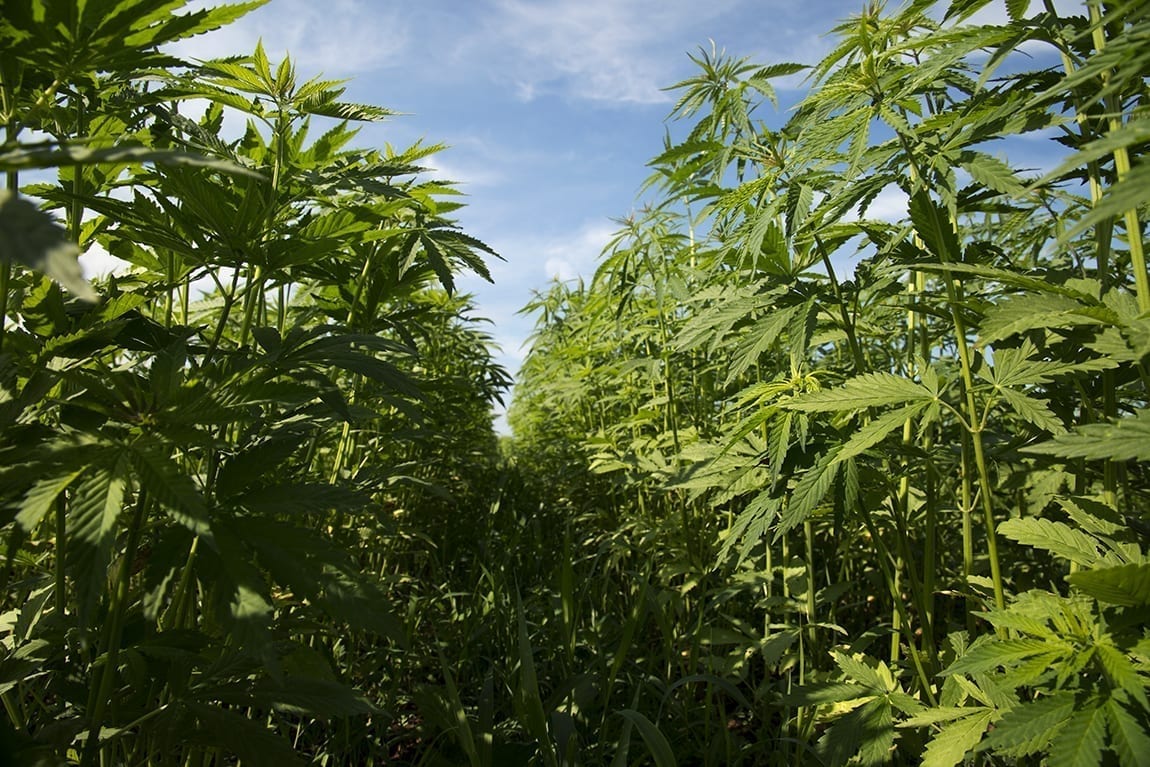Health and Wellness News, Research
The EPA Is Funding Research On Using Hemp As A Sustainable Alternative To Concrete
By
The Environmental Protection Agency (EPA) is funding a research project looking into the sustainable production of hempcrete, a hemp-based mixture that’s better for the environment than traditional concrete.
According to a notice published on the EPA website, the agency awarded a roughly $12,000 grant to a student-led research team at the University of California, Riverside, to support a study on the use of hemp as an “industrially relevant renewable fiber for construction.”
But while hempcrete is a natural alternative to fossil-based concrete, the most common method for pulping the crop to use its fibers is wasteful, according to a summary of the study. The so-called Kraft pulping process—which involves treating hemps stalks with hot water, sodium hydroxide and sodium sulfide to separate the fibers—produces seven tons of toxic waste for every ton of pulp extracted, it says.
With that in mind, the EPA grant will go toward the development of hempcrete using a more sustainable pulping process. Researchers will use co-solvent enhanced lignocellulosic fractionation technology “to allow for much cleaner and faster pulping of hemp fibers without the production of [toxic waste].”
“Our project goal is to produce, hempcrete, as a lighter, stronger, and more environmentally friendly alternative to conventional fossil-based concrete.”
Instead of a multi-step pulping procedure, the hemp fibers will be extracted by simply applying tetrahydrofuran, a renewable organic compound, and diluted sulfuric acid to the hemp stalks. The EPA said this mechanism “is comparable to that of the Kraft pulping process while also producing a useful fermentable sugar solution as a byproduct, thus allowing more of the original hemp to be used before waste treatment.”
Once the hemp fibers are extracted, they can be added to cement as a “reinforcing agent” or used on their own for drywall or “structural reinforcements.”
With the passage of the 2018 Farm Bill, which legalized industrial hemp at the federal level, farmers and manufacturers are exploring the crop’s potential for a variety of industries, including construction. Hempcrete has even intrigued allies of President Donald Trump who reached out to a Kansas-based hemp business to learn how the crop could be used to build a proposed border wall.
Read more from the source: MarijuanaMoment.net
Photo courtesy of Brendan Cleak.



